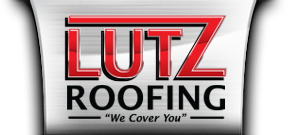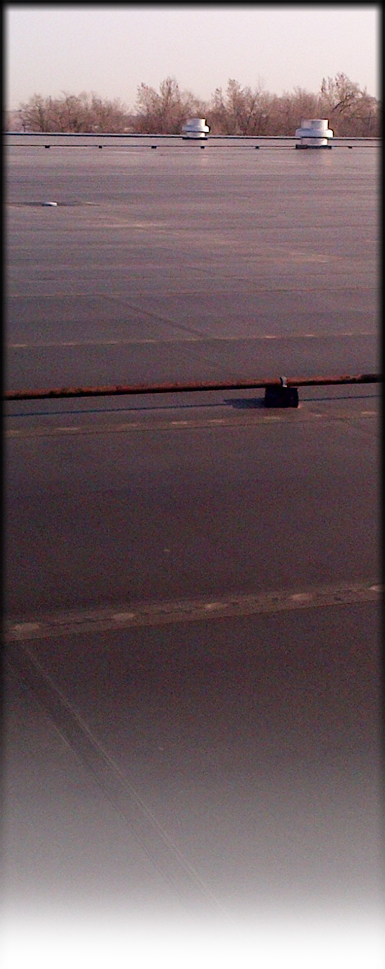EPDM has been traditionally referred to as a black rubber membrane roof system which is seamed together with a double-sided tape. There are three primary rubber roof system (EPDM) applications: ballasted, fully-adhered, and mechanically attached.
Ballasted rubber roof systems (EPDM) utilize larger-sized rolls which are held in place with a ¾” – 1 ½” round-washed stone ballast. Fully-adhered rubber roof systems utilize an attachment system in which the roof insulation is mechanically anchored to the roof deck, and the rubber membrane (EPDM) is then adhered to the roof insulation with an adhesive. Mechanically attached rubber roof systems (EPDM) utilize a system in which both the roof insulation and the rubber membrane are mechanically fastened into the roof deck.
Ballasted rubber roof systems (EPDM) tend to be the quickest to install, and are utilized on buildings which are larger and more open. Fully adhered roofs tend to be the most common of the rubber roof installations (EPDM), especially on smaller – midsized buildings. Mechanically attached rubber roof roof systems (EPDM) have been used less frequently than ballasted or adhered systems in the Mid-west, but they are becoming more popular due to improvements within the system.
Rubber roof systems (EPDM) have been used in cold weather states more than any other roof system over the past 15 – 20 years. They have a solid track-record, and they have been improved upon greatly since their original inception. Since the EPDM material is essentially comprised from rubber, the material has strong elastic capabilities to withstand building movement and contraction. EPDM roof systems also represent a labor savings compared to the more traditional roof applications. As with all single-ply membranes, the biggest weakness to an EPDM roof system is that it can be prone to membrane punctures from third parties or blowing objects. It should be said however, that these types of occurrences are fairly rare.
The growth of EPDM roofing has stabilized due to the popularity of white roof systems, particularly in the southern states. Since the color black retains heat, there is a strong argument that EPDM has more energy-saving capabilities than white systems in states in which there are more cool days than warm days. In response to the market trending to white membranes however, white-colored EPDM has been recently introduced into the market-place.
EPDM roof systems have the long-term track record which is important when evaluating the various roofing choices. It is our belief that EPDM will be a viable and popular roof system especially in cold-weather states.







